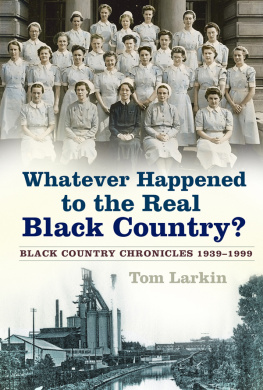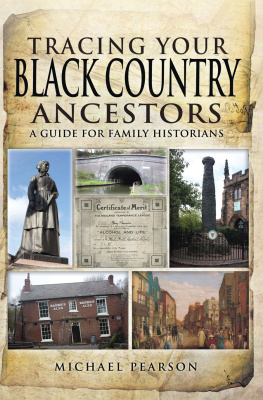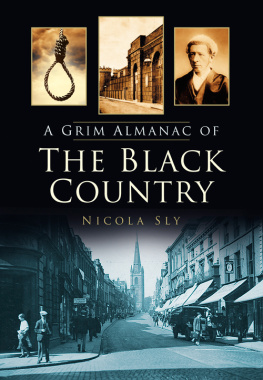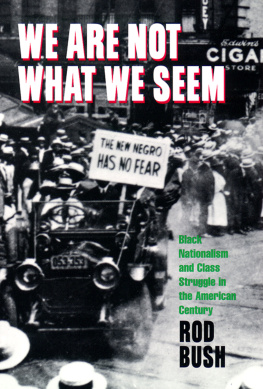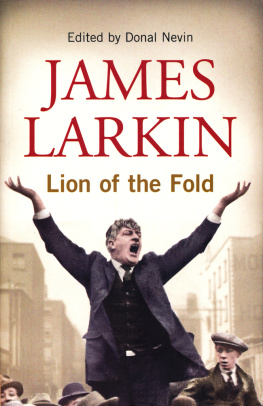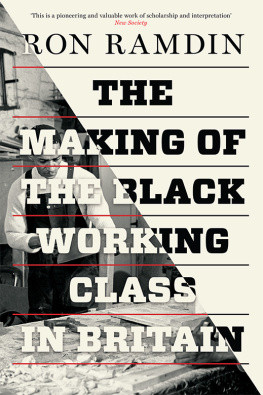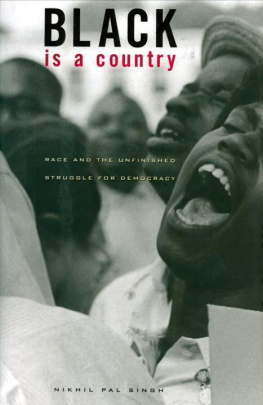Contents
Guide

First published 2019
The History Press
97 St Georges Place, Cheltenham,
Gloucestershire, GL50 3QB
www.thehistorypress.co.uk
Tom Larkin, 2019
The right of Tom Larkin to be identified as the Author of this work has been asserted in accordance with the Copyright, Designs and Patents Act 1988.
All rights reserved. No part of this book may be reprinted or reproduced or utilised in any form or by any electronic, mechanical or other means, now known or hereafter invented, including photocopying and recording, or in any information storage or retrieval system, without the permission in writing from the Publishers.
British Library Cataloguing in Publication Data.
A catalogue record for this book is available from the British Library.
ISBN 978 0 7509 9365 4
Typesetting and origination by The History Press
Printed and bound in Great Britain by TJ International Ltd.
eBook converted by Geethik Technologies

Contents
Foreword
Y ou have to take your hat off to Tom Larkin, and other people of his ilk, for taking the trouble to collect and record a myriad of memories and historical facts from not only their own personal life experiences, but also from talking to others who regard their formative years as the good old days. If it wasnt for people like Tom, lots of these aspects of life that many of us have lived through would be lost forever. In this follow-up to Black Country Chronicles (2009), he covers the Second World War years in great, and for some nostalgic, detail; examines the post-war era; and explores the dramatic changes that occurred due to technological breakthroughs and a better understanding of health and welfare as the twentieth century gained momentum. The book provides a paddle rather than a brisk swim through the ups and downs of those who were living on the front line of social and economic change, every stroke revealing an aspect of life that is almost unrecognisable to the lives we lead today. But as time marches on every new generation forms its own destiny and comes to its own conclusions about the best way to live life.
It is amazing how the television has completely changed the way we live our lives, in contrast to the immediate post-war generation who enjoyed the wireless in the sitting room, or a regular visit to the local cinema to manifest their main sources of entertainment. This is just one aspect of life we now take for granted that Tom looks at in great detail. At the beginning of the 1950s, just 350,000 households possessed a TV set one national newspaper at the time made the claim: If you let TV through your door, life will never be the same again. That could easily have been the title of this book, as the box in the corner took control over our lives. The turning point in its popularity was the screening of Queen Elizabeth IIs coronation in June 1953, when an estimated 20 million people watched the ceremony. From almost that day on, the television became part of everyday life. It even influenced the style of furniture used in the sitting room and the kind of meals we began to eat.
Tom has compiled a fascinating glance into the last half-century of an era that was dominated by change rather than stability. The details are compelling and make us examine whether life today is better or worse than thirty, forty or fifty years ago. He makes you stop, think and ask the question: Were they the good old days? Or are we now living in the world our forebears fought long and hard to achieve for us?
John Workman
Black Country Bugle
Introduction
T his book is a sequel to Black Country Chronicles, which ended at the outbreak of the Second World War in September 1939, and continues from that momentous date to depict the history, culture, character and heritage of the area in particular, its world-renowned workforce, and reputation in manufacturing and engineering until a gradual decline which began in the 1960s. Why or how this catastrophe happened is a matter of continuing argument and debate.
What is beyond dispute is the fact that few of those born in the early part of the twentieth century would have believed that even before the century ended, the regions industrial obituary would have been written.
The memories and experiences collected here were provided by men and women who witnessed industrial, social, and economic change on a scale never experienced before. Events such as the birth of the aeroplane, motor car, wireless, talking pictures, television, plus two world wars and the Great Depression of the 1930s, contributed to a massive transition in peoples working and social lives.
Over the period, trade union campaigning was stepped up to establish a shorter working week and improved holiday entitlement. Prior to the passing of the Holidays with Pay Act in 1938, only a third of the workforce qualified for a full week of paid holiday the new laws made everyone eligible.
Very slowly, the employment situation began to improve from the disastrous low levels of the Depression, along with a rise in quality of life as more and more homes had electricity installed. Before 1936 only 20 per cent of households were connected, this reached 60 per cent by 1938, and created jobs in cable laying, power station construction and power line installation. There was also a surge in car ownership and an expansion in the regions road haulage industry: a great boost to the numerous local firms producing vehicles.
All the signs of economic recovery were, however, increasingly threatened by a growing European crisis originating with Adolph Hitlers rise to power. From the outset, he had made it clear that he intended to embark on a drive to dominate Europe and to create a greater Germany through a policy of massive expansion. Prime Minister Neville Chamberlain decided to pursue a policy of appeasement in response, because he was convinced that Britain was far too weak to fight another war. For the same reason, he embarked on a long program of rearmament.

Toll House, Moxley
Chamberlain returned from a vital visit to Munich in 1938 clutching a document signed by Hitler, which pledged he would never go to war against Britain. Consequently, the Prime Minister informed a cheering crowd in Downing Street that it meant peace in our time. This proved to be a false dawn, because in 1939 German troops moved into Czechoslovakia, and in response the British government introduced conscription.
On 1 September 1939, Hitler invaded Poland and two days later, in his familiar sober tone, the Prime Minister revealed the news over the wireless that the country was now at war with Germany.
1
The War
The Beginning
Much has already been documented about the Second World War, but its important that its enormous impact on civilian daily life is never forgotten.
The first indication of what was to become a peoples war came with the governments Emergency Powers (Defence) Act passed in August 1939, giving them the ability to requisition buildings, control prices, introduce rationing, establish the right to imprison people without trial and to impose severe penalties on anyone found guilty of breaking or ignoring any part of those crucial wartime rules. Undoubtedly, these were some of the most Draconian regulations ever imposed on British citizens; dictating peoples eating habits, the clothes they wore and, most severe of all, decreed where they worked and, in many ways, controlled their day to day lives.

